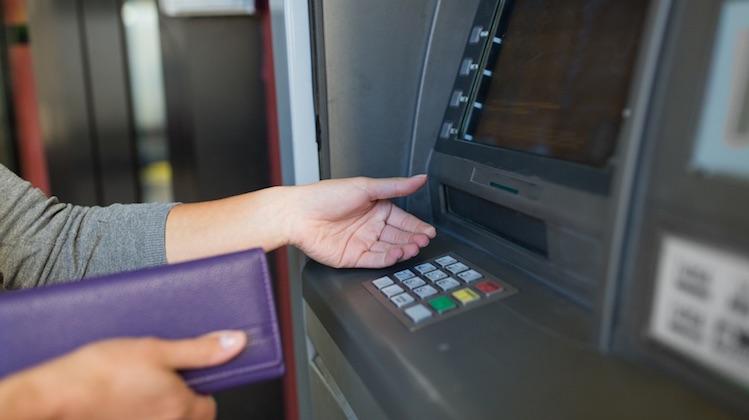The Customer Effect
‘A slow-moving wave’: Why cardless ATMs haven’t taken off in the US
- Cardless ATMs are being rolled out by all major U.S. banks, an example of how mobile phones have transformed the consumer banking experience.
- Technological hurdles and cultural resistance are two major factors inhibiting widespread adoption in the U.S.





